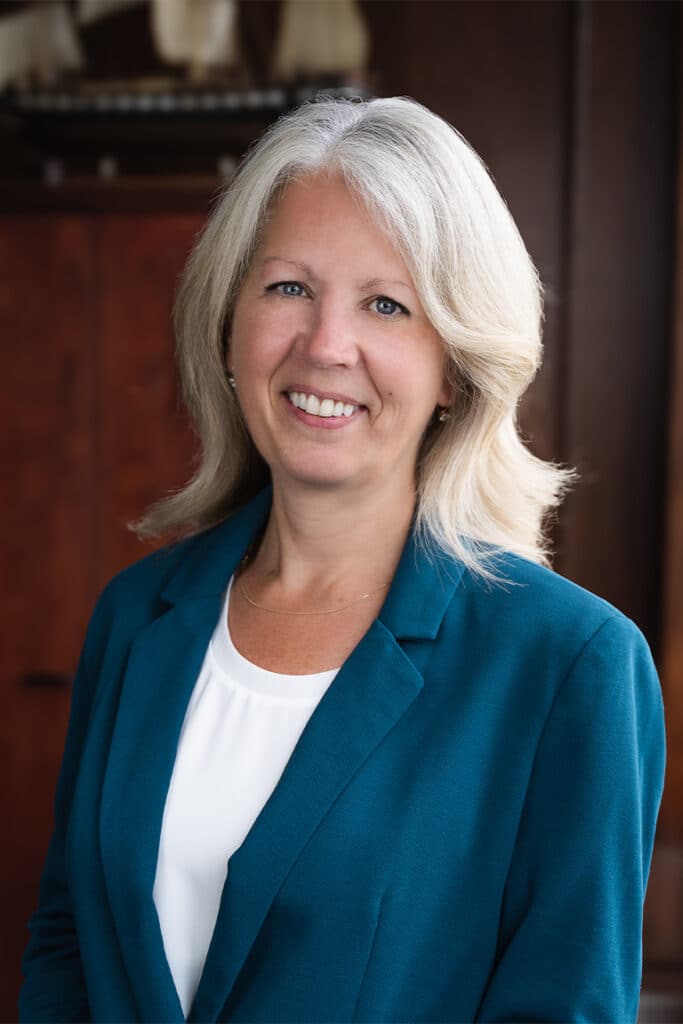New study reveals opportunities to move more goods on the Canada-US Great Lakes

HAMILTON, ON – A new study sheds light on the potential advantages of short sea shipping services between southern Ontario and the US Great Lakes region. The study is authored by Fluid Intelligence, a data-analysis partnership of HOPA Ports and the McMaster Institute for Transportation & Logistics, with support from Transport Canada. It highlights the numerous trade flows that could benefit from integrating marine transportation alongside trucking services.
Currently, over 12,000 trucks per week make cross-border trips between Southern Ontario and US Great Lakes port areas, carrying non-perishable commodities that are ideal candidates for a marine service to handle the long-haul ‘middle mile’.
By exploring short sea shipping services on the Great Lakes, the study envisions a future with reduced highway and border congestion, lower greenhouse gas emissions, and improved supply chain resilience.
Short sea shipping, a widely adopted approach in Europe and Asia, is an increasingly appealing alternative to road transportation in the Great Lakes region. Factors such as population growth, highway congestion, driver shortages, and rising fuel costs have contributed to a growing interest in marine transportation. Importantly, short sea shipping offers a significant environmental advantage, as one marine vessel can carry the same cargo capacity as 963 transport trucks, while emitting just 15% of the CO2 per metric tonne/km.
As Canada’s busiest economic region, southern Ontario’s critical infrastructure struggles to keep up with the demand on its highways. Issues such as highway congestion, border delays, lack of transportation redundancy, and truck driver shortages have been exacerbated by population growth and density. The economic cost of congestion in the GTHA alone is estimated to be up to $6 billion per year[i].
The Fluid Intelligence study’s key findings highlight the immense volume of cross-border goods movement within the Great Lakes region and the complex supply chains involved. The Great Lakes Region accounts for more than 50% of all U.S./Canadian bilateral border trade. If it were a single country, it would have a GDP of US$6 trillion, making it the third biggest economy in the world[ii].
Approximately 28.5 million tonnes of cargo per year originating in Ontario are transported by truck to the US, with 70% destined for a Great Lakes State. Conversely, at least 24 million tonnes of cargo per year originate in the US and move by truck into Ontario, with 55% originating in a Great Lakes State.
The study focuses on specific routes and commodity flows that are excellent candidates for new marine services. These include the potential for marine services between southern Ontario and ports on Lake Michigan and Lake Erie. Chicago and Milwaukee, with their concentration of economic activity and strong connections to the GTHA, stand out as promising origin/destinations.
Overall, there are approximately 5,000 (within a 50km radius) and 12,000 (within a 100km radius) truck trips per week between five US Great Lakes ports and southern Ontario, all of which present excellent opportunities for modal alternatives.
By diverting just 10% of the existing cargo currently moved by truck between southern Ontario and the Port of Chicago, for example, the transportation system could save 220 tonnes of greenhouse gas emissions per week.
This study marks a significant step forward in unlocking the potential of short sea shipping on the Great Lakes. With its promising benefits for reducing congestion, greenhouse gas emissions, and enhancing supply chain resilience, the findings underscore the importance of embracing innovative transportation solutions to meet the region’s evolving needs.
“Foundational Study on Cross-Border Short Sea Shipping Opportunities” is available for download at https://www.fluidintelligence.ca/
QUOTES

“Short sea shipping is an idea whose time has come. This study gives us the real data we need to identify the most promising commodities and routes, where marine transportation can help address our mounting goods movement challenges. It is urgent that we find ways to reduce the GHG impact of the transportation sector. Meanwhile, population growth and highway congestion, driver shortages and fuel costs are all part of the perfect storm hitting North American supply chains. Short sea shipping helps tackle all these problems.” – Ian Hamilton, President & CEO, HOPA Ports
“A competitive and resilient goods movement sector is vital to the industries and supply chains that underpin Ontario’s economy and connect Ontario to export markets – and it’s changing. This study, which draws on information from different jurisdictions and levels of government, and insights from the marine sector, provides insights into market opportunities for marine and its implications for public policy in this evolving ecosystem.” – Dr. Mark Ferguson, Senior Research Associate, McMaster Institute for Transportation & Logistics
About Fluid Intelligence
Fluid Intelligence is a data analysis resource that creates insight and solutions in goods movement. A partnership between HOPA Ports and the McMaster Institute for Transportation and Logistics (MITL), we help businesses and policymakers make better supply chain, transportation and infrastructure planning decisions.
About HOPA Ports
As an integrated port network, the Hamilton-Oshawa Port Authority (HOPA) offers port and marine assets in Hamilton, Oshawa and Niagara. An efficient, multimodal network on the Great Lakes, it supports Ontario industries and facilitates trade. By investing in high-quality infrastructure and prioritizing sustainability, HOPA helps build prosperous working waterfronts in Ontario communities. Overseeing more than 1,000 acres and more than 140 tenant companies, 40,000 Ontario jobs are connected to the cargo that passes through HOPA’s integrated ports.
About McMaster Institute for Transportation & Logistics (MITL)
Working with a wide range of partners and stakeholders from all levels of government and industry to help enable the safe, smart and clean mobility of goods and people, MITL conducts world-class, multidisciplinary, cross-sectoral, collaborative research in transportation and logistics.
MEDIA CONTACTS
Larissa Fenn
HOPA Ports
Tel: 905-518-7632 | Email: [email protected]
Ken Albright
McMaster University
Tel: 905-515-7038 | Email: [email protected]
[i] Metrolinx (2008) “Costs of Road Congestion in the Greater Toronto and Hamilton Area”
[ii] Council of the Great Lakes Region. Great Lakes Economy: Growth Engine of North America. https://councilgreatlakesregion.org/the-great-lakes-economy-the-growth-engine-of-north-america/






